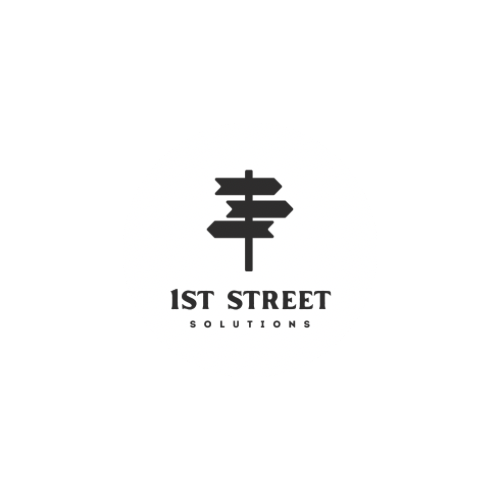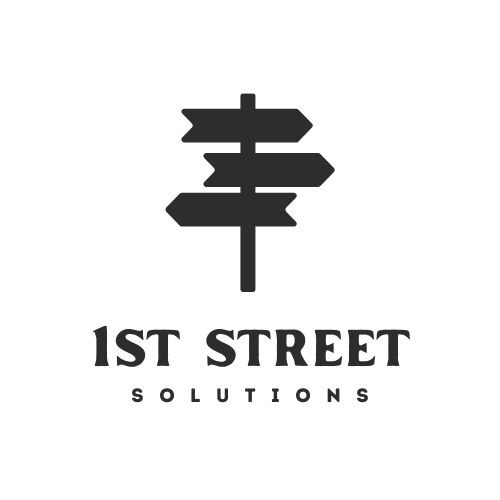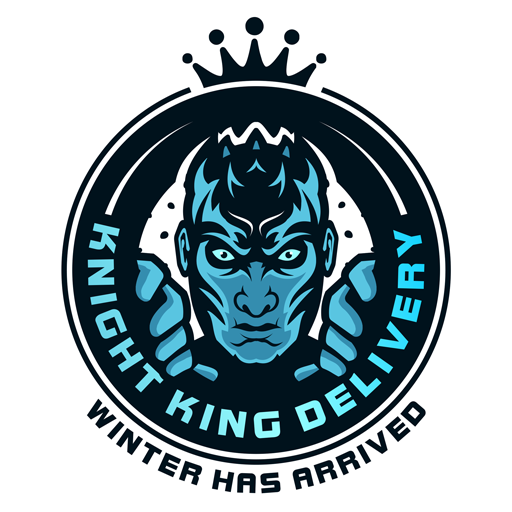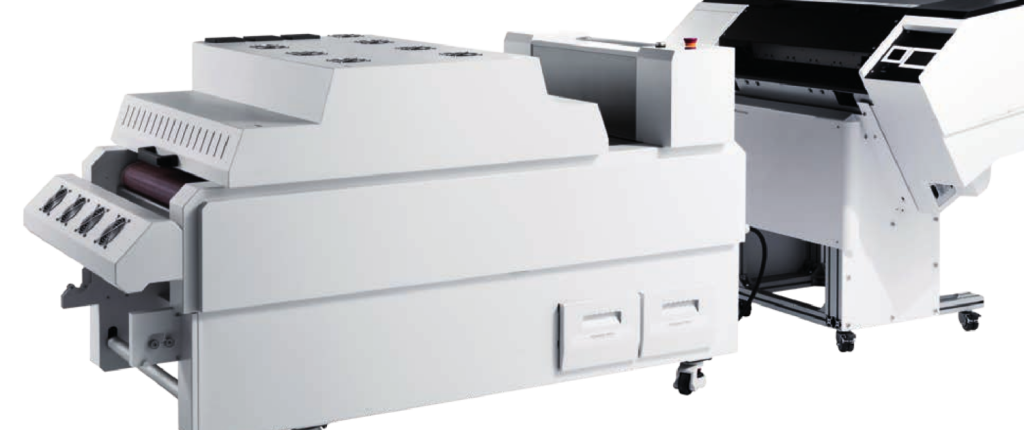The custom apparel industry is undergoing a revolution, and at the heart of this transformation is DTF (Direct to Film) printing technology. Once dominated by screen printing and other traditional methods, the landscape of garment decoration is now being reshaped by the speed, efficiency, and quality of DTF printers.
From small startups to established print shops, many businesses are adopting this method to offer high-quality, full-color custom clothing without the high production costs or material limitations of older printing techniques. Here’s a closer look at how DTF printers are transforming the custom apparel industry.
The Rise of DTF Printing
DTF printing involves printing a design onto a PET film using water-based pigment inks. A layer of hot melt adhesive powder is applied to the print, which is then heat-cured. Once ready, the film is placed onto the fabric and transferred using a heat press. The result is a vibrant, durable design that bonds seamlessly with the fabric.
What sets DTF printing apart is its simplicity, versatility, and affordability—especially for businesses offering customized, short-run, or on-demand printing services.
Breaking Fabric Barriers
One of the most significant impacts DTF printers have had is their ability to print on a wide range of fabrics. Unlike traditional methods like screen printing or some digital techniques that work best on cotton, DTF can print on:
- Cotton
- Polyester
- Blends
- Nylon
- Silk
- Denim
- Leather
This flexibility allows custom apparel businesses to expand their product offerings—ranging from t-shirts and hoodies to tote bags, hats, and even shoes—without switching between printing technologies.
Lower Setup Costs and Faster Turnaround
Traditional methods like screen printing require costly screens, extended setup time, and large minimum orders to remain profitable. DTF printing eliminates most of these barriers. There’s no need for screens, pre-treatment, or color separation, making it ideal for:
- Short runs
- Custom one-offs
- Same-day printing
- Prototype creation
This low barrier to entry has made DTF technology especially appealing to small businesses, home-based entrepreneurs, and e-commerce stores who need fast turnaround with low overhead.
Vibrant, High-Detail Prints
DTF printers produce exceptionally sharp, full-color graphics, even on dark or textured fabrics. With the ability to print white ink as a base layer, the final result is a vibrant, photo-quality image that pops off the fabric. This makes DTF ideal for:
- Complex, colorful artwork
- Gradients and photographic designs
- Brand logos and promotional graphics
- Personalized fashion pieces
The print finish is also soft to the touch and stretch-resistant, enhancing the wearability of custom clothing.
Enhanced Durability
Another game-changer is the longevity of DTF prints. Thanks to the adhesive powder and heat-press process, the design becomes firmly bonded to the fabric. These prints typically withstand dozens of washes without cracking, fading, or peeling—something that was often a challenge with earlier digital printing methods.
For apparel brands focused on quality assurance and customer satisfaction, DTF offers a consistent and long-lasting finish that builds brand reputation and encourages repeat purchases.
Scaling with On-Demand Printing
The custom apparel industry is increasingly leaning toward on-demand manufacturing—a business model that reduces waste, eliminates inventory costs, and speeds up delivery. DTF printing fits perfectly into this model. With no need for screens or preparation, businesses can produce one item at a time, based on exact customer orders.
This makes it especially useful for:
- Online stores selling personalized apparel
- Influencers or artists launching limited-run merchandise
- Local brands offering name drops or event-based printing
- Print-on-demand platforms looking for better color fidelity and product range
Eco-Friendly Benefits
DTF printing can also contribute to more sustainable apparel production. By eliminating pre-treatment chemicals and reducing fabric waste from large production runs, this technology promotes a more eco-conscious workflow. Additionally, the water-based pigment inks used in DTF are generally safer and more environmentally friendly compared to solvent-based inks.
Empowering Small Businesses and Creators
The accessibility of DTF printers is empowering creatives, designers, and small business owners to enter the custom apparel space without needing massive investment or production space. With a compact setup, even a single operator can run a profitable apparel customization business from a home studio or small shop.
Creative freedom is also a major benefit—designers can experiment with unlimited styles, textures, and colors, and instantly bring their ideas to life without relying on third-party manufacturers.
The Future of Custom Apparel
As customer demand continues to shift toward fast, personalized, and high-quality products, DTF printers are meeting these needs head-on. The technology is evolving rapidly, with newer models offering higher resolution, faster speeds, automated powder shakers, and bulk ink systems.
What was once seen as a niche solution is now becoming a mainstream production method that rivals or exceeds other printing technologies in terms of flexibility, ease of use, and return on investment.
Final Thoughts
DTF printing is revolutionizing the custom apparel industry by offering affordable, high-quality, and versatile printing solutions for businesses of all sizes. Whether you’re starting a brand, expanding your print shop, or exploring new creative avenues, DTF technology provides the tools to grow and innovate without limits.







